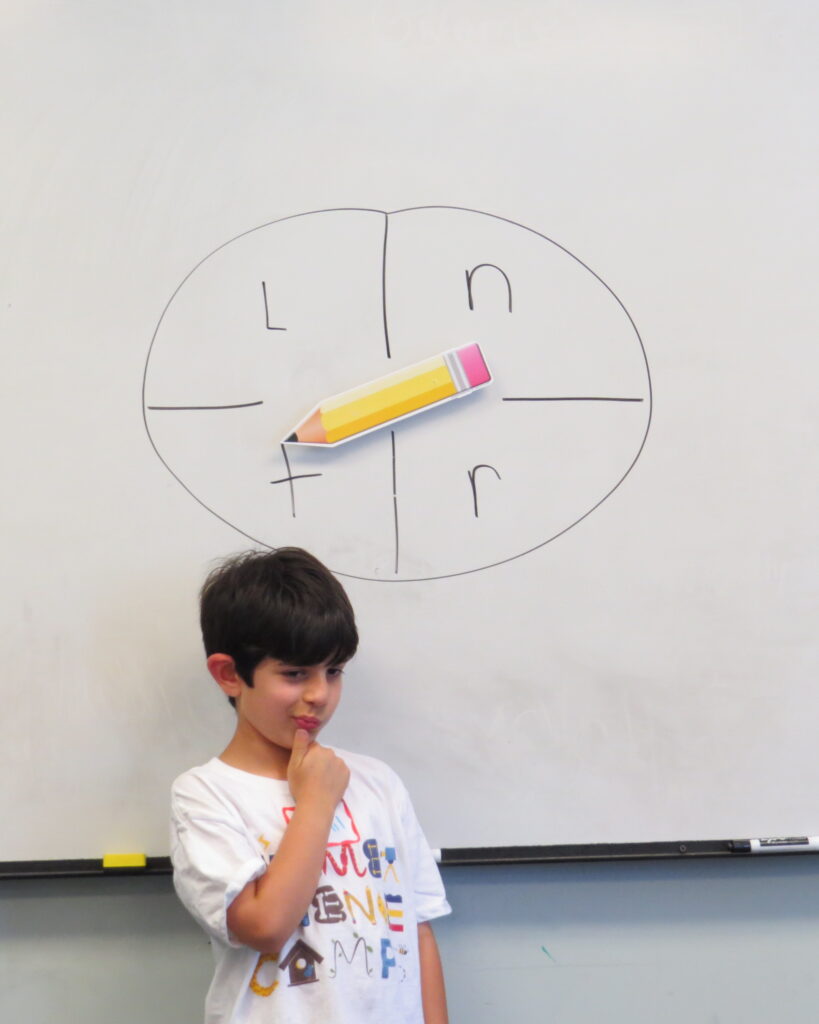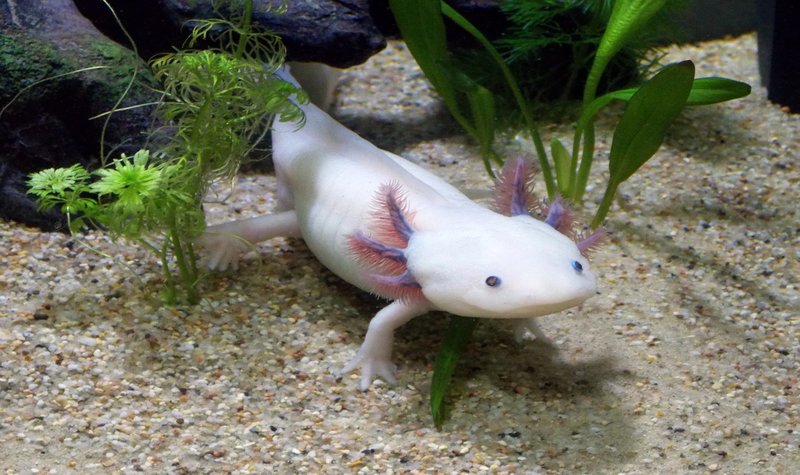This non-fiction writing lesson about animals works great with any age!
My year round students and own children know a lot about animals. Moreover, they often teach me about wonky ones that I’ve never heard of like the Axolotl. Gasp! (Thank you Pixabay for actually having a free image of one.)
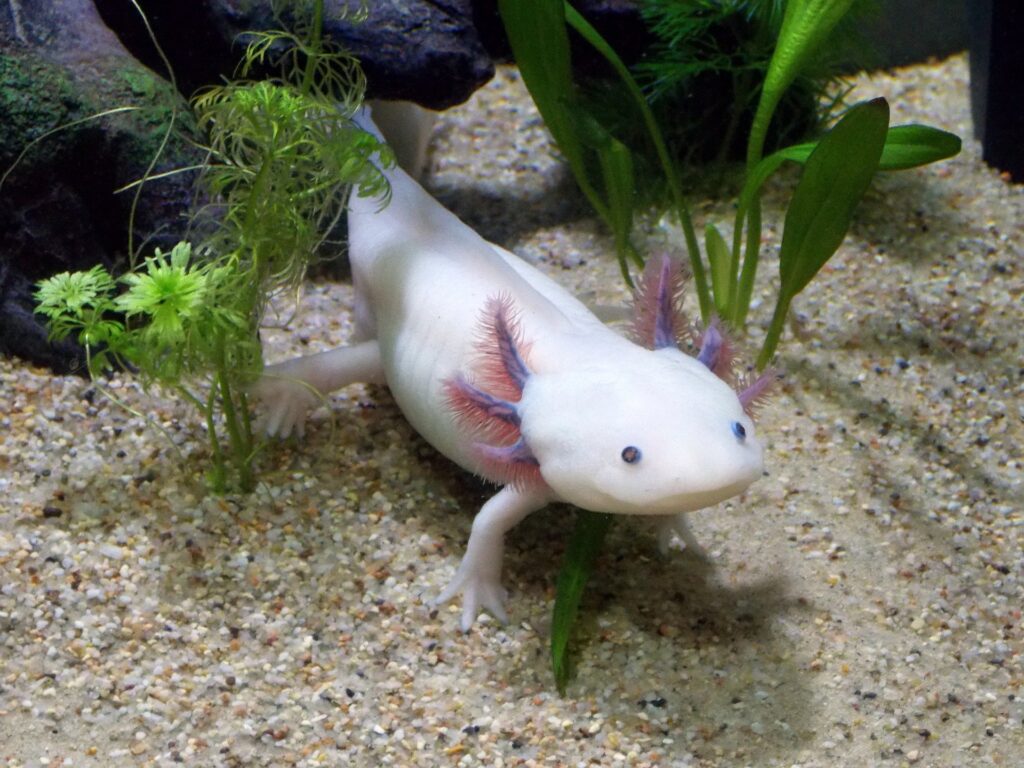
A key component for this non-fiction writing lesson is having a real life image of the animal that the child is writing about. For my youngest students I use old calendar pictures of animals like a lion, tiger, whale, giraffe, elephant etc.
In fact, Calendars.com has generously donated a box of expired calendars to Fun Writing Ideas two years in a row now. They share my vision of encouraging and building confident writers. Thank you again Calendars.com for your kindness and generosity!
Right now, I have sets of 24 calendar pictures of the following animals that I won’t be using in the short term: butterflies, dolphins, elephants, frogs, peacocks, penguins and sharks.
If you and your students plan to write about any one of these animals, let me know by subscribing below and responding to my welcome email. I’d be happy to send you pictures for you to use!
Older Students
Additionally, this lesson is great for older students because they like to find weird exotic animals that other kids have never heard of and write about them. My oldest son taught me about the Axolotl which I’m still having trouble pronouncing.
For these students, I suggest going to Google and finding an image of their animal to print. Kids LOVE these colorful pictures and get excited to write about them.
I printed the above picture of the axolotl for my son. Then, he wrote information about it.
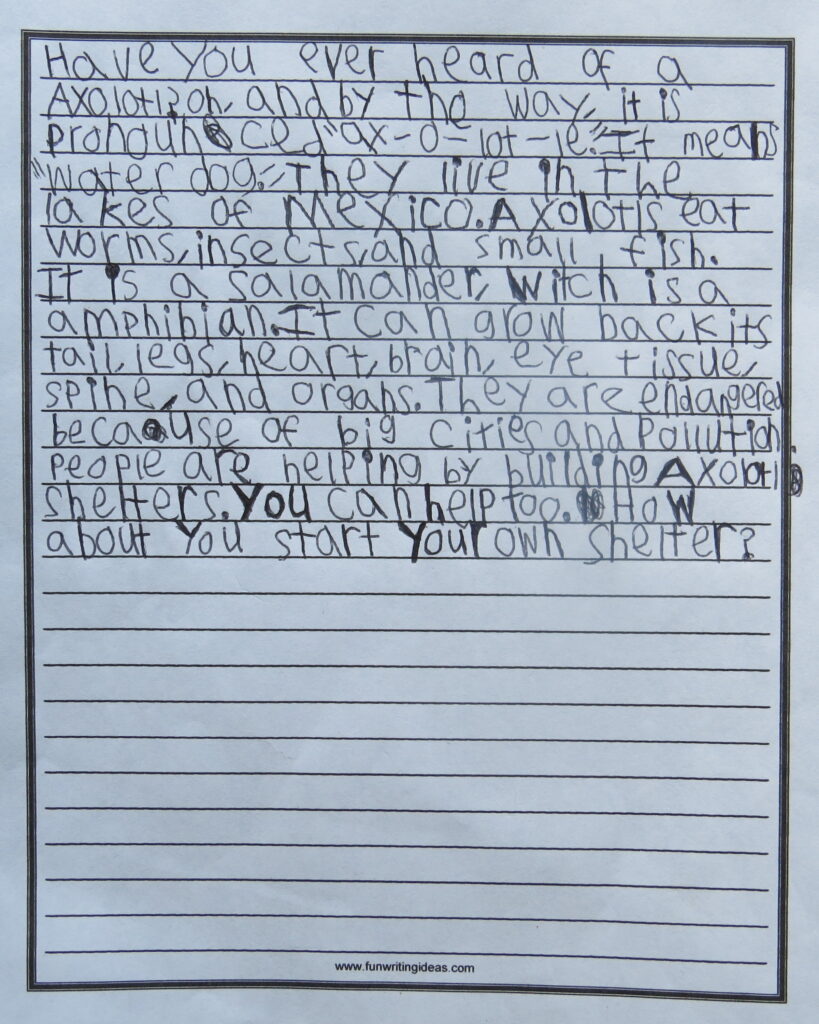
Research
If you have time leading up to this writing prompt, I strongly suggest allowing time for reading and research. Read lots of books to your young child or students about their favorite animals. Show documentaries as well. Allow older students time to conduct their own research.
In general, I am a HUGE proponent of documentaries. My own kids enjoy them so much! When our children were young, we didn’t show them much TV, but when we did, it was almost always non-fiction material and usually documentaries. They still really enjoy informative videos about almost any topic including how to build bridges, fighter jets, gardening, cooking, cars etc.
It’s important to try to use TV to our advantage. The more real life shows that children watch the more facts they have in their little minds. In turn, this gives them a lot to write about when given a non-fiction prompt.
NOW FOR THE LESSON!
To get a full understanding on how I conduct each writing lesson you may want to read the Guided Writing Lessons for Grades K-5 post. The non-fiction writing lesson outlined below (and all other prompts posted) will make more sense and be easier to follow and use. Here’s the lined paper I use for Grades K-2 and Grades 2-7
Common Core State Standards
NOTE: This lesson can address the following Common Core State Standards: CCSS.ELA.LITERACY.W.K.2, W.1.2, W.2.2, W.3.2, W.3.2.A, W.3.2.B, W.3.2.C, W.3.2.D, W.4.2, W.4.2.A, W.4.2.B, W.4.2.C, W.4.2.D, W.4.2.E, W.5.2, W.5.2.A, W.5.2.B, W.5.2.C, W.5.2.D and W.5.2.E
Tell the Story Line
Tell the story line: You’re going to write facts about an animal. This is non-fiction so you won’t write your opinion. You won’t use the words I or my.
Brainstorm
Next, ask the students to tell what they know about their animal. Write their responses on the board. Encourage them to think about the following information:
- Where the animal lives and what it eats
- What the animal looks like and how it moves
- Dangers to the animal and its form of protection
Show the 5 Sections
- Introduction
- Lives/Eats
- Looks/Moves
- Dangers/Protection
- Conclusion
As mentioned in my writing prompts introduction: K-1st Graders are encouraged to write 1 sentence for each section, 2nd Graders 2 sentences, 3rd Graders 3 sentences and so on.
NOTE: In the case of animals, there is often so much to write. These 5 sections are meant to get kids started. By all means, change one of the sections if it’s a better fit. Or, simply tell your students to write an introduction 3-15 general facts, then the conclusion.
NOW TO WRITE!
Guide the students through the following steps. They can write each step using their own words.
Introduction
- First, engage the reader by writing questions about your animal. You can write exclamations as well to get them excited about your information.
Facts
2. Second, write facts about where your animals lives and what it eats.
3. Third, write facts about how the animal looks and moves.
4. Fourth, write facts that tell the dangers your animal experiences. You can also write about how the animals protects itself.
Conclusion
5. Lastly, write a conclusion. Add additional fun facts and/or encourage the reader in some way. For example, encourage the reader to learn more about the animal or see one live somewhere.
EASY ART ACCENTS
Once the students are done they can place their writing in a plastic page protector. Cut the calendar picture down to 8.5 x 11 and place it back to back with the essay. Or, if you have space, hang the child’s writing next to their picture.
Using calendar pictures is the most popular and cleanest art accent that I use to motivate kids to write. As a result, I’ve created 14 Writing Lessons to Use with Calendar Pictures. Be sure and check them out!
Youngest Writers
Remember this lesson can be used with very young writers. My son was 5 when he chose a picture of lions and wrote about them.
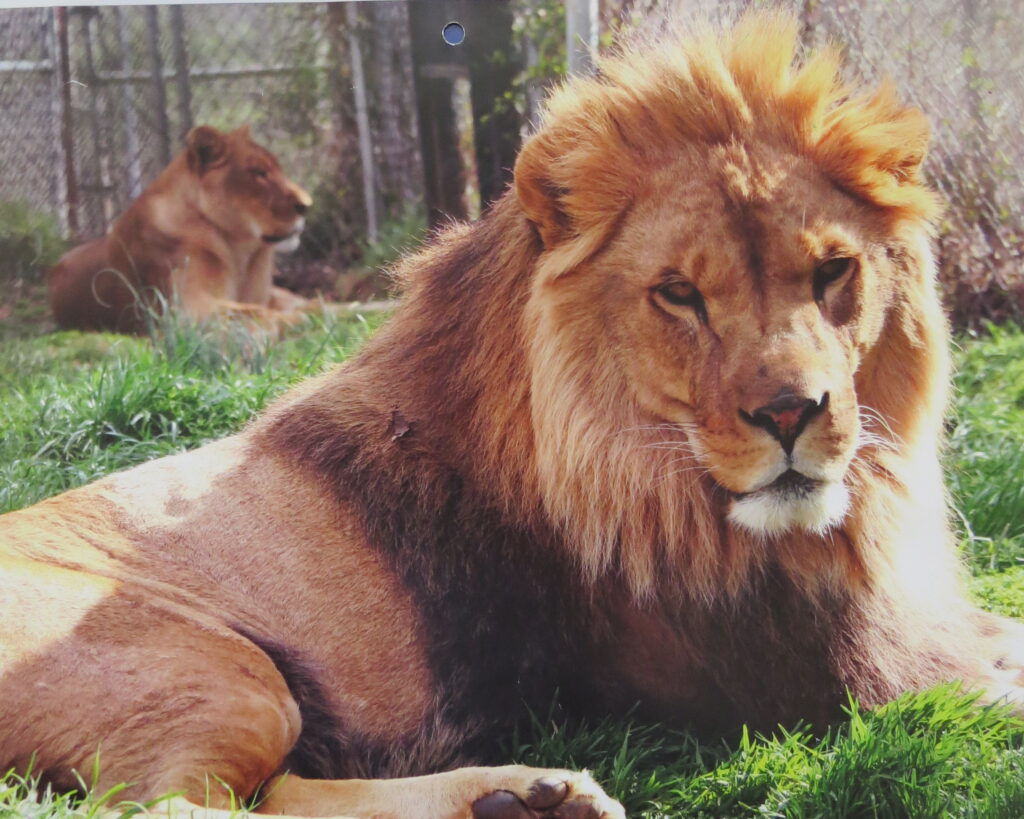
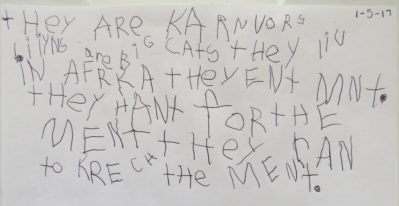
Children can also use animal pictures to practice their sight word sentences. My second son chose a calendar picture of a tiger to go along with his Sight Word Sentence: I see a _______.

Print the Lesson
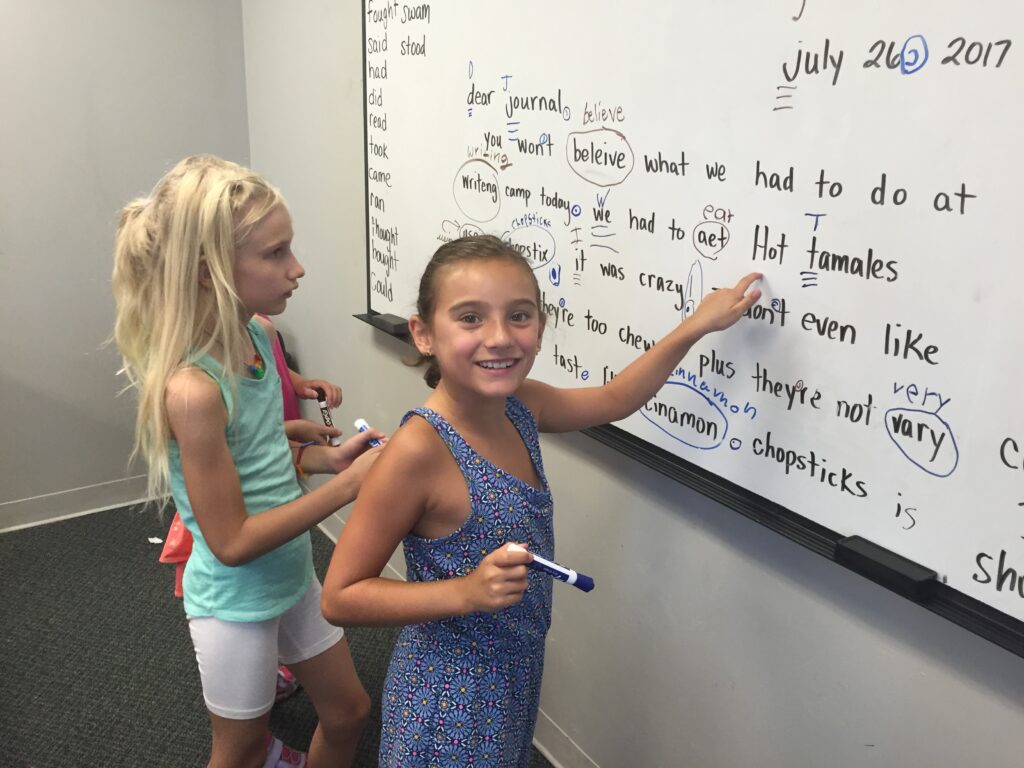

Smiley Face using animal names
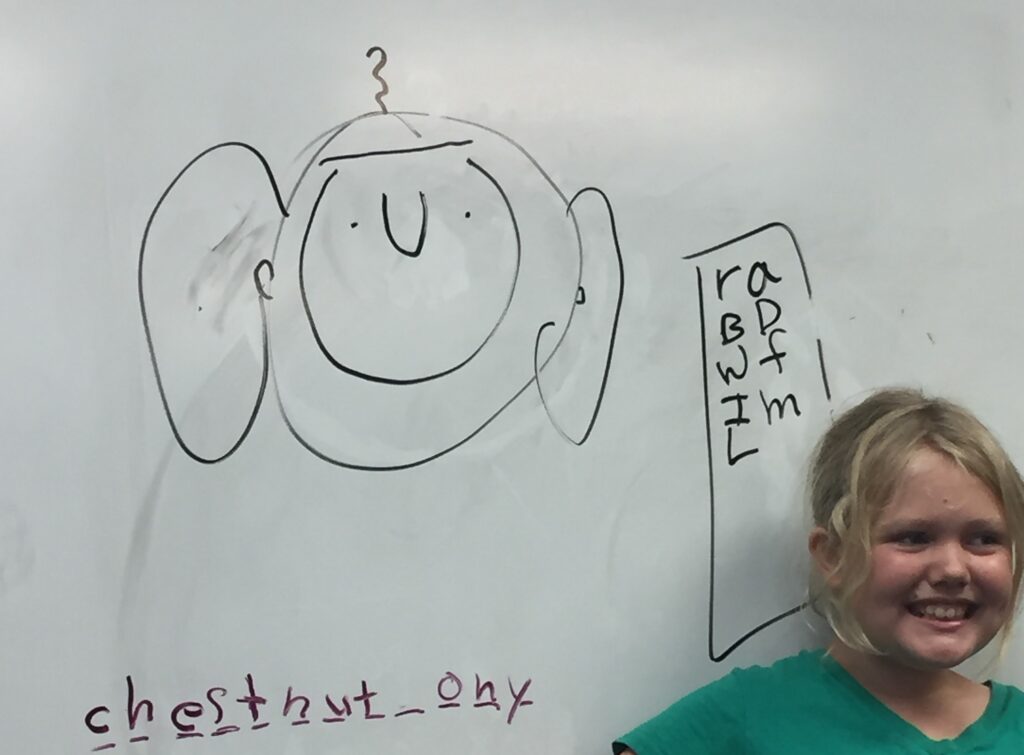
Spin-Describe-Guess-(Talking Game #6-describing animals)
